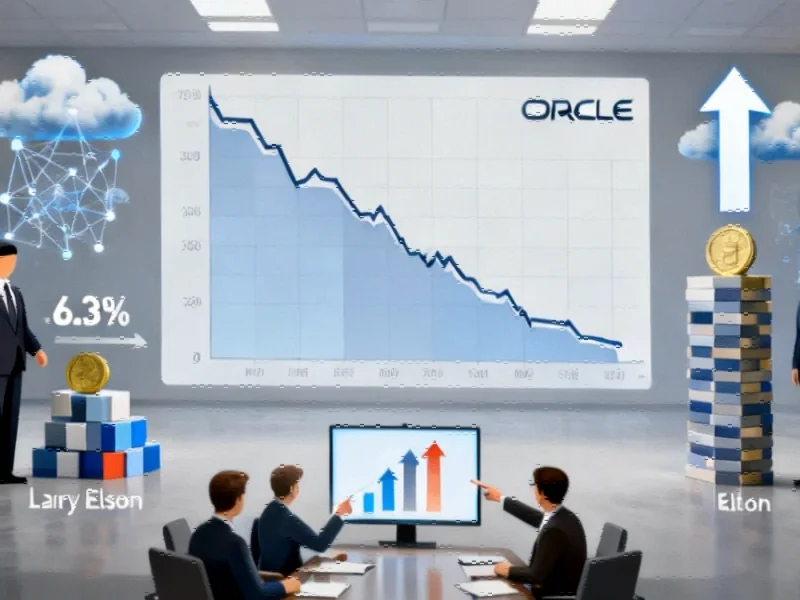According to Sifted, Swedish stem cell startup Cellcolabs has raised $12 million from Titian Capital, bringing its total funding to $37 million. The company aims to scale production of mesenchymal stem cells for research and therapeutic applications, with high-profile clients including longevity advocate Bryan Johnson. This investment will support technical development and international expansion as the company works toward making stem cell treatments more accessible.
Table of Contents
Understanding Mesenchymal Stem Cell Technology
Mesenchymal stem cells represent a particularly promising category of stem cells because of their unique properties and relative safety profile. Unlike embryonic stem cells, which carry ethical concerns and tumor formation risks, MSCs are adult stem cells primarily found in bone marrow, adipose tissue, and umbilical cord blood. Their therapeutic potential lies in their immunomodulatory capabilities and ability to differentiate into various cell types, making them valuable for treating inflammatory conditions and tissue repair. The technology’s evolution from academic research to industrial production marks a significant milestone in regenerative medicine’s commercialization journey.
Critical Analysis of Scaling Challenges
While Cellcolabs’ ambition to reduce stem cell costs by 90% by 2035 is commendable, the path faces substantial scientific and regulatory hurdles. Manufacturing consistency remains a critical challenge – maintaining cell potency and purity at industrial scales requires sophisticated quality control systems that many biotech firms struggle to implement. The company’s reliance on bone marrow donations from young, healthy donors presents supply chain vulnerabilities that could limit scaling ambitions. Furthermore, the regulatory landscape for stem cell therapies remains fragmented globally, with significant differences in approval pathways between markets like the UAE, Thailand, and Western countries. The celebrity endorsements, particularly Bryan Johnson’s very public participation as documented in his detailed treatment account, provide valuable visibility but also raise questions about evidence standards when high-profile individuals become early adopters of unproven therapies.
Market Transformation and Competitive Landscape
The stem cell market’s projected growth from $4.5 billion to $9.7 billion by 2032, as indicated in market research, reflects both increasing therapeutic applications and growing interest from the longevity sector. Cellcolabs operates in a crowded space competing with established players like Mesoblast and Pluristem Therapeutics, as well as numerous academic medical centers developing their own stem cell programs. The company’s focus on industrial-scale production differentiates it from clinic-based models, but this approach requires significant capital investment in manufacturing infrastructure. The emergence of startup companies in this sector signals investor confidence in regenerative medicine’s commercial potential, though the high failure rate of biotech ventures suggests many won’t survive the transition from research to sustainable business models.
Regulatory and Commercial Outlook
The stem cell industry stands at a critical inflection point where scientific progress must align with regulatory frameworks and commercial viability. Cellcolabs’ expansion into markets with more permissive regulatory environments, like the Bahamas and Thailand, represents a strategic approach to generating revenue while pursuing clinical validation. However, achieving mainstream medical adoption will require robust clinical trial data demonstrating both safety and efficacy – something most stem cell companies have struggled to produce at scale. The involvement of institutional investors like Titian Capital through specialized life sciences platforms indicates growing sophistication in biotech funding, but the long development timelines and high regulatory barriers mean Cellcolabs will likely need additional funding rounds before achieving profitability. The company’s success will ultimately depend on balancing scientific rigor with commercial execution in a field where hype often outpaces evidence.



